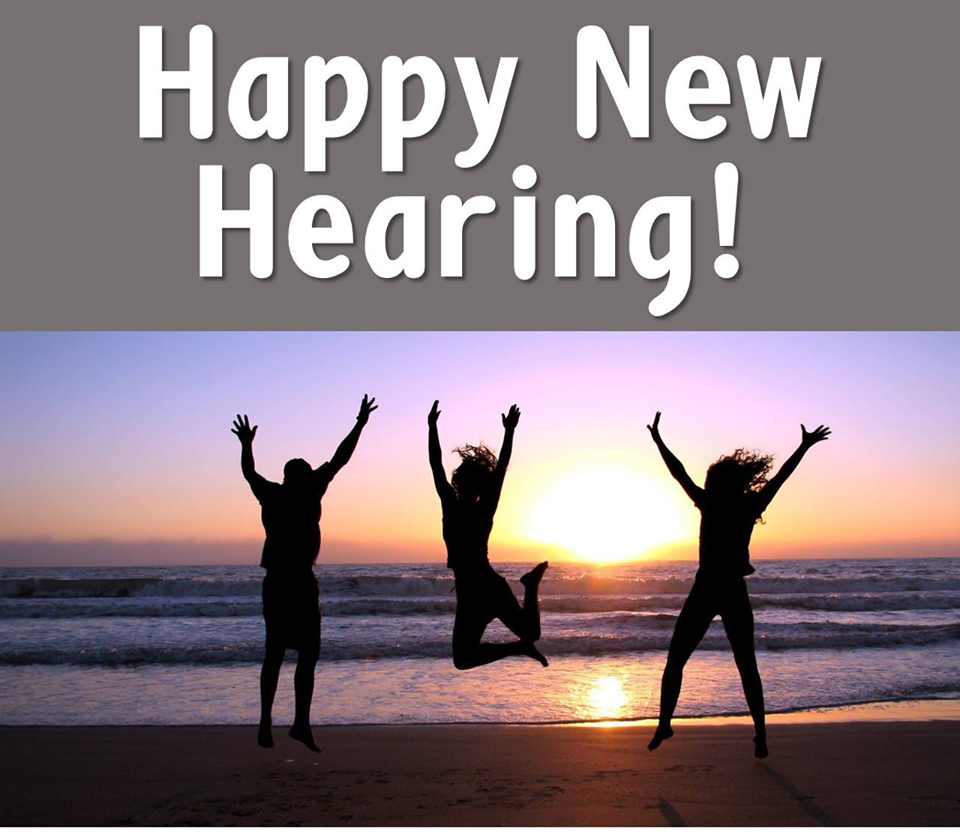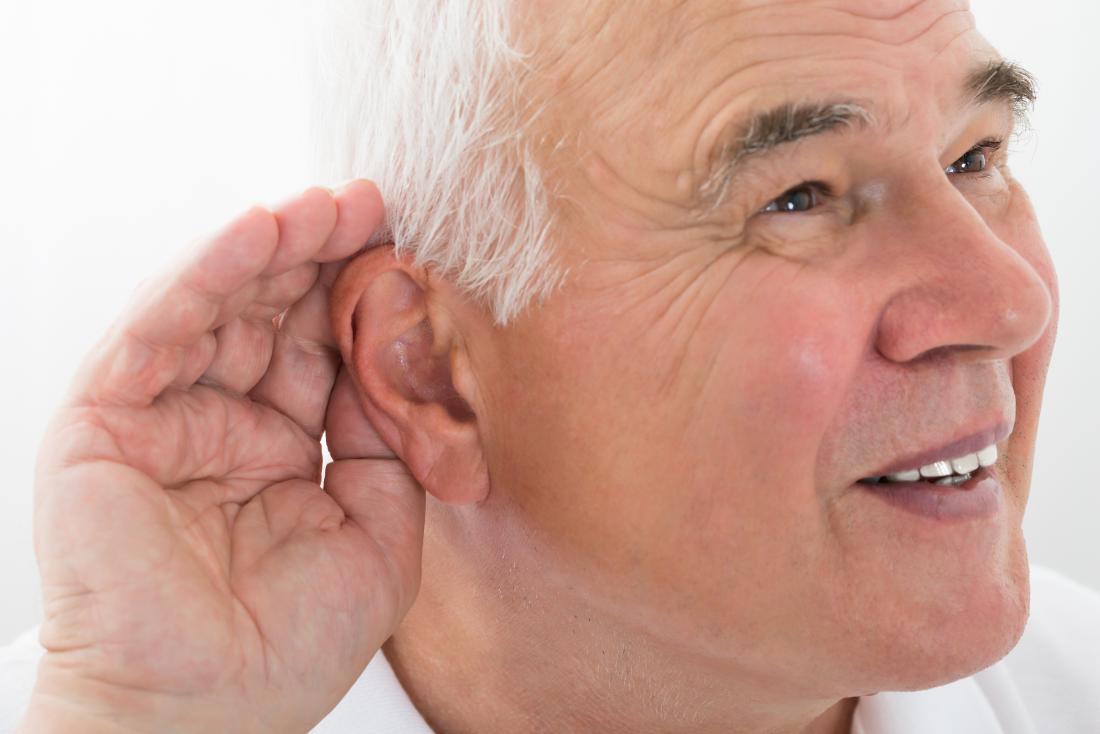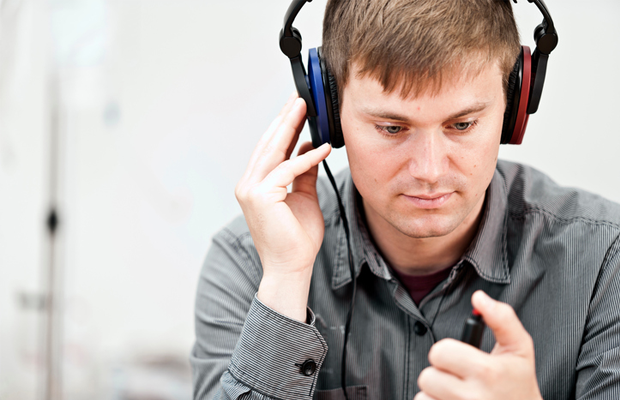Dealing with hearing loss at work can be challenging, but not addressing it can be even more detrimental to your career.
Colleagues with hearing loss often have a reputation for not being very attentive or for not listening to instructions. This can seriously damage promotional chances and work relations, as it is important to have a good opinion of those we work with. It is one thing to have colleagues complain that you don’t listen and even have them tell you that you need a hearing test, but it is a different thing entirely to discover that in fact you do have a hearing problem.
If you’ve taken the step to get hearing aids, congratulations! Now comes the challenge of getting use to them, informing your colleagues and making them a normal part of your life. Adjusting to new hearing aids at work may seem intimidating, but here are five tips that will make it easier.
5 Tips for Adjusting to New Hearing Aids at Work
Be Honest
Misunderstandings about your hearing loss can over be overcome through perseverance and education. To make it easier, it’s important to be totally honest from the start, both with yourself and with others. Trying to run away from hearing loss or avoid it helps nobody and will make things worse in the short term.
Tell your colleagues and your boss about your hearing loss diagnosis, whether in a formal meeting setting or individually. It is better to tell people that you’re close to all at once, so they are informed by you and not from others. Consider showing them your hearing aids and the technology that you’re using, and tell them how it works. Remember to tell them that they don’t need to yell or speak differently to you, as the hearing aids will do that work for them, amplifying their voices when needed.
If people are intimidated by your needs, it’s important to not be confrontational, as this tends to only make others defensive. Understanding and patience is the only thing that will help at a time like this.
Explain your Needs
Explain as early as possible to those in authority not only about your hearing loss diagnosis, but also about the ways it will change your interactions. Be careful to explain that given a little time and effort, it will make not only your life better, but will also greatly enhance your working relationships with those around you.
Do make certain you explain that there will be an adjustment period and what they can expect during this time.
The same goes for friends, colleagues and workmates. They may be feeling a mixture of confusion and fear that you will not be the same person, so take time to explain, attempt to find humour in the situation, if this is in your nature. Reassure them that once you adjust to your new aids, that they will make communication easier and misunderstandings happen a lot less.
Use your Technology
Those newly diagnosed with hearing loss often go through the stages of grief, as they come to terms with the changes in their life.
The effort of learning to use hearing aids and giving your brain time to adjust to it is no easy task, and in the early days there is a very real tendency of wanting to put the thing away and just go back to how life used to be.
Don’t do this! Audiologists will tell you that it takes around three weeks for the brain to adjust to the new amplified audio signals being sent into the ears and, until this adjustment period is over, it can be a very confusing and annoying experience. But it will get better, and soon you’ll notice all the sounds you were previously missing.
The changes experienced at this time are not only felt by the new hearing aid wearer, but also by those they come in contact with, particularly their family, social group and work colleagues. Be patient and continue using your technology. Soon, no one will notice the difference.
Know your Technology
You’re your own best advocate. Knowing your needs in the workplace also comes from knowing about your technology. Make sure you know how your hearing aids work, so that you can explain to others if necessary. You never know, maybe another colleague needs hearing aids and they would like to know how they work.
Ask for Help when Needed
If you’re having trouble adjusting to your hearing aids at work and need help, remember you can always go back to your audiologist for help or advice.
Remember, wearing hearing aids is a good thing and it can really make a huge positive impact on your life, but nothing good ever comes without a little hard work.
Be gentle with yourself and do try to relax. Allow yourself to make mistakes, as you slowly feel your way back into hearing again. Within a short time your hearing aids should begin to really make a difference.
Need help in finding the right hearing aid? Give us a call at Purchase Ear Technology in Paducah, KY at (270) 558-3996 or visit us at 2008 Broadway, Paducah, KY 42001.










